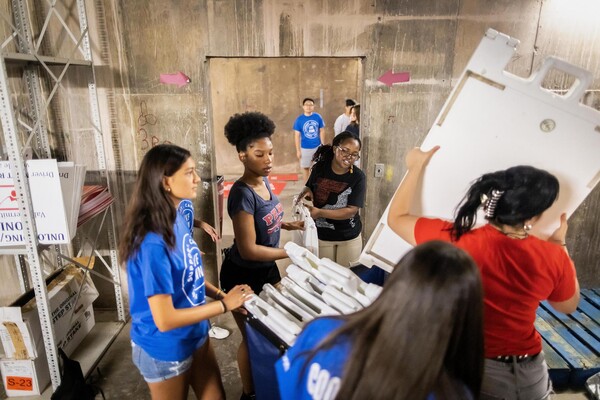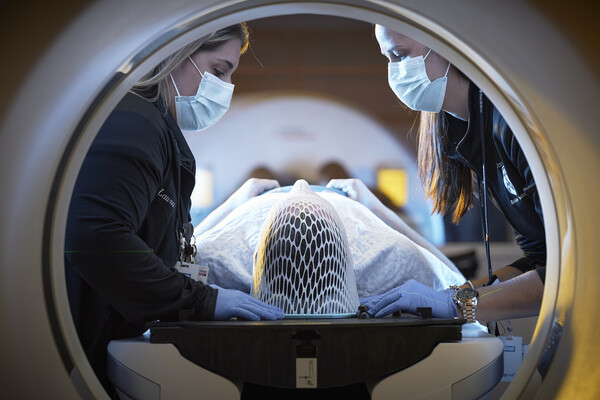Hey, guys, let’s write a book!
Lucy’s Legumes. Neanderthal Nibblers. Upper Paleolithic Cake. These are just some of the many recipes you’ll find in Professor of Anthropology Harold Dibble’s new chef-d’oeuvre, the “Human Evolution Cookbook” (University of Pennsylvania Museum Publications, 2002).
With the help of illustrator Brad M. Evans and chef Dan Williamson, both of whom had worked with Dibble at archaeological dig sites in France for over five years, Dibble traces the prehistory of mankind from the earliest humans to the modern Homo sapiens, all the while making corny jokes and poking fun at archaeology.
According to Dibble, the idea for the book came about three years ago, when he, Evans, and Williamson decided to combine their talents to “make something that’s fun and different.” The format and content of the book were not determined by a desire to convey a certain body of knowledge; indeed, almost none of Dibble’s research interests—which range from studying the variability of stone tools and looking for evidence of language, to developing computer applications for archaeological work—are mentioned in the book. Rather, the nature of the book was entirely based upon the skills of the three collaborators.
“We had three people and we said, ‘What can we do together? Okay, you know how to cook, so we’ll make it a cookbook. You know how to draw. Okay, we’ll put in some cartoons.’”
Dibble first met Williamson several years ago when he gave a talk at Indiana University in Bloomington. During his stay, he attended a party for which Williamson did the cooking. Dibble told Williamson that “his gumbo was great,” and invited him to come to France to cook for the archaeological team. “Believing France to be the ‘mother of cooking,’ he jumped [at] the opportunity and has been with us ever since.”
Evans, who works for the Bishop Museum in Honolulu, Hawaii, has participated in many archaeological excavations all around the Hawaiian archipelago. He was first told about Dibble’s project in France by a friend of Dibble’s at the Bishop Museum. Evans has spent many summers in France making illustrations of stone tools, and “has learned how to cuss in French.”
It is certainly unusual for a scholar like Dibble to write such an emphatically light-hearted book. It is even more unusual for Dibble to say that people should “definitely not” read this book to learn anything about human evolution. (However, the book does contain “study questions” at the end of each chapter, such as, “List five characteristics of the person sitting next to you that suggest that he or she is really a Neanderthal.”) “It’s really kind of stupid,” Dibble said. “I say in the introduction that everything I write in there is more or less true, or at least my opinion of it. But it’s mostly just jokes. That’s basically it.”
But for the novice or the amateur who’s interested in getting a basic introduction to the subject of human evolution, or for the lover of food, the book should prove to be an entertaining read, according to Museum Publications Director Walda Metcalf. “While it’s not a textbook, it does have a lot of information about human evolution in it. And I’ve tested the recipes myself.”
As for Dibble, the process of writing the book was very different from—and much easier than—the work he usually does. “I’ve got about ten books and a hundred articles, all of which are totally scholarly. My work is dull…You know, there’s maybe 100 or 200 people who understand it.” So did Dibble want to write this book to escape the tedium of scholarly work? “No, it just seemed like a fun thing to do. No rhyme or reason.”
A copy of the Human Evolution Cookbook can be purchased online from the University of Pennsylvania Press at www.upenn.edu/pennpress/book/13891.html. To sign up for a culinary tour of France with Dan Williamson, visit www.chefdansculinaryadventures.com.








